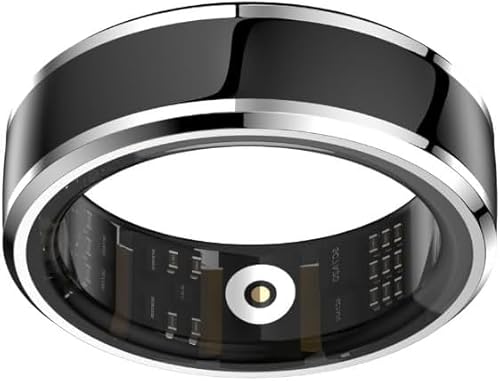A half-hearted defense of a tissue valve for a 43-year-old athlete
A half-hearted defense of a tissue valve for a 43-year-old athlete
Clement, I wish you well. I'm heading for a porky valve, but I'm 22 years older than you, which seems to be on the other side of where the lines cross. Unless you've got a good reason to avoid ACT (like one of Bob H's reasons), I'd probably go with the mechanical.
OTOH, in an area where there are no guarantees no matter what we choose, I'm not sure that 10 years is still a reasonable "best guess" for the life of the top tissue valves, even at your young age. I've just gotten a copy of the newest (2010) review of the long-term results from 1100-odd instances of "my" upcoming pig valve (Medtronics Hancock II) implanted at "my" hospital (Toronto General) -- entitled "Hancock II Bioprosthesis for Aortic Valve Replacement: The Gold Standard of Bioprosthetic Valves Durability?" by Tirone E. David, MD, Susan Armstrong, MS, Manjula Maganti, MS, in Ann Thorac Surg 2010;90:775-781, abstract at ats.ctsnetjournals.org/cgi/content/abstract/90/3/775? -- and I THINK that your mean statistical expectation for avoiding valve failure looks closer to 15-17 years than 10. That certainly doesn't eliminate the prospect of a surgical re-do (unless you ski the trees a lot without a helmet -- sorry! :tongue2: ), but it does push it out into the future, and drops your chances of needing two of them.
Getting the best number for you is not an easy calculation for me from the article, unfortunately, since (a) age is clearly the most important determinant of valve life, but (b) most of the patients were more my age than yours (mean age 67 +/- 11, range 19-94), and (c) they only group the 1134 patients into 3 pretty broad age groups, which puts you in the "<60" group. That includes everybody from 19 to 59, and I'm guessing it's heavily skewed toward the 50-somethings.
It's possible that a better statistician than I could take the "67 +/- 11" (which shows 1 Standard Deviation in the age distribution) and figure out just how (a)typical you are for that "<60" group, but that's more math than I remember from MIT in the 1960s. But that whole GROUP had 89.5% freedom from Structural Valve Deterioration at 10 years, 54.5% at 15 years, and 29.2% at 20 years post-op.
They also had pretty low rates of most other complications in that whole patient group -- e.g., they mention ONE case of pannus (which required reoperation) out of the whole 1100-odd patients, which MAY be much lower than with the mechanicals. (I'm just going from my impression from recently browsing the non-random reports here at VR.org, but I think I've seen more than one of those reported here alone.)
With any decision this important, and this "guarantee-less", I think the most important thing is that you are as comfortable as possible with your decision. Unfortunately, I think one test of that comfort is that you be "OK", at some level, even if (God Forbid) things don't go as well as planned. In a much more trivial arena, I decided to return to competitive "110%" volleyball in late 2002, 10 months after I tore my right Achilles tendon. I ALWAYS knew I was at elevated risk of tearing the left one, and I was always nervous about that, in the back of my mind. I NEVER let it interfere with the joy I got from beating up my body in volleyball -- court and beach, mostly playing with guys younger than you! Last December, I actually did rupture my left AT, and I'm OK with that, no regrets at all. So check that you wake up content with your choice the morning after you make the choice, but maybe then give yourself a similar test or two. In math and science and economics, they call that "sensitivity analysis", but I think it may be of some value here, too.
(BTW, I've already made it back to Whistler for a week of downhill skiing, 17 weeks after skipping the AT-repair surgery! I hope to make it back there this coming season after my sternum and heart recover from my upcoming OHS.)





















